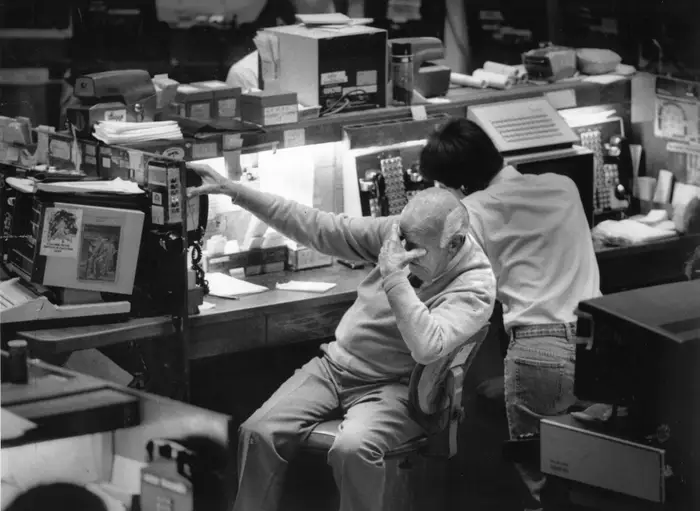I tried Upwork and Fiverr to find gigs as a freelance copywriter but gave them up. Here’s how I built a personal network for finding clients instead.

- Gina Buckle started freelance copywriting in 2022 after quitting her job as a content executive.
- She detailed how she started connecting with clients through networking events and LinkedIn.
- She also shared how she learned to package her services and increase her rates.
This as-told-to essay is based on a transcribed conversation with Gina Buckle, a 25-year-old freelance copywriter from Leeds, England. Insider has provided documentation to back up her earnings. The following has been condensed and edited for length and clarity.
I’d always known I wanted to spend my days writing. I was working as a content executive with a marketing focus, but I knew I wanted to be a copywriter.
In February 2022, I received a message on LinkedIn from a startup founder I knew. They inquired as to whether I knew of any freelancers who could assist with copywriting. I believed I could do it myself. They were my first customer.
I had saved some money and decided to resign from my job in March of last year.
I assisted my first client with every aspect of starting a business, including website copywriting, social media presence development, regular blog writing, and any assets that needed to be created, such as pitch decks.
They became a retainer client for whom I worked 32 hours per month. That allowed me to quickly gain a lot of experience, and we’re still working together.
I created profiles on Upwork and Fiverr
I initially said yes to everything in order to experiment with different aspects of copywriting. On the first day, I created profiles on Fiverr, Upwork, and PeoplePerHour, a freelance platform in the United Kingdom.
I quickly realized that the time and effort it took to generate consistent work on those platforms could be better spent growing my own network in real life by meeting with businesses. I desired a more genuine network.
Those platforms serve many people well, but not me.
In April, I received my second client through a job application. I had withdrawn from the application process but remained in contact with them. When they discovered I’d gone freelance, they contacted me to request copywriter assistance. They became my second retainer client, and our contract was renewed in January.
Then I was approached by a copywriting agency via Instagram and began doing freelance work for them. In my first year, I had 16 clients.
I bring my authentic self to my client relationships
I joined The Northern Affinity business network to meet potential clients at networking events. I enjoy talking with people and learning about their businesses. I despise the hard sell; I believe that making genuine connections is more effective than an elevator pitch.
People want to work with people they can rely on. I’ll give them my card after speaking with them, but I won’t pitch my work to them. I waited for them to come to me.
By posting about various aspects of my life, I try to bring my personality to my LinkedIn posts.
I try to make working with clients enjoyable. I lack the budget and resources of a large copywriting firm. I do, however, have a personal touch.
I shaped my business approach from client feedback
Copywriting has been described by my clients as “taking something off their plate.” I decided to make it my LinkedIn job description to reflect this: “Taking all things copy off your plate.”
During my discovery calls, I discovered that some new clients simply wanted to brainstorm about their copy. I created a “brain-dump session” — a £60, 45-minute conversation with clients who wanted a sounding board on good copy that would work for their audience but didn’t want to hire me to write for them.
Two months ago, I also created pricing packages for popular jobs like writing blog posts and social media posts.
I worried about increasing my rates
I’d previously worked in hospitality, where I earned £10, or about $13, per hour. At first, charging four times that amount seemed strange. It took some time for me to shift my thinking from what the output was worth to what my time was worth.
I began charging £50 per blog post and £5 per social-media caption, eventually increasing to £600 for five blog posts and £170 for five social-media posts per week. This year, I earned £5,840 (approximately $7,300) in two months.
Because I had a strong network and client base, I felt I could raise my prices. I’m completely booked, so it must be working. I might bump them up again.






